Cossack saber Shashka for larp
$89.70
Description
Cossack saber Shashka for larp for larp and larp battles, cosplay and film or theatre. Model used by officers and light cavalry since 1904.
| Total length | 80 / 85 / 90 / 96 cm |
| Blade lenght | 65 / 75 cm |
| Šířka záštity | |
| Weight | 250 / 440 / 550 g |
| Center of gravity | 20 cm from the root of the blade |
| Core | laminate, Kevlar cavity around the toe |
| Material | flexible polyurethane foam, polyamide mat in foam, durable surface layer |
| Certifikation | CE |
| Use | Cosplay, Film, Hračka, Soft larp, Battle |
| Genre | Thirty Years’ War, Landsknechti, Napoleonika, 19th and 20th century |
| Hardness of blade softening | Shore A 25 / A 35 |
This model of larp weapon is designed to stand up to any larp battle – including full force / full contact ones (in English, understand clogs and kekel). We mark the blade as A25. It has a very durable 10 x 15 mm core. The foam used is soft (about Shore A 25) – about the same as latex. Unlike latex, however, it does not suffer from any of its ills – it is maintenance-free, usable in any weather and contains no allergens. This foam is softer, but at the same time tougher against tearing than our first generation guns that use A35 blades. A polyamide flare is routed throughout the foam to stiffen it and prevent the tip from breaking off or spreading a blade tip tear. To make the blade even more resistant to tearing, the surface is reinforced with a thin layer of special polyurethane.
Variants
Curved blade A25
Length 90 cm, weight 550 g. Highest quality blade class.
If you have a sabre for larp battles, this is the choice for you. This model of larp weapon is designed to stand up to any larp battle – including full force / full contact ones (in English, you can understand clogs and kekel). We mark the blade as A25. It has a very durable 10 x 15 mm core. The foam used is soft (about Shore A 25) – about the same as latex. Unlike latex, however, it does not suffer from any of its ills – it is maintenance-free, usable in any weather and contains no allergens. This foam is softer, but at the same time tougher against tearing than our first generation guns that use A35 blades. A polyamide flare is routed throughout the foam to stiffen it and prevent the tip from breaking off or spreading blade tears. To make the blade even more resistant to tearing, the surface is reinforced with a thin layer of special polyurethane.
This A25 blade is superior in both safety and resistance to damage of any kind.
The weapon is quite heavy in the average larp weapon – 550g – and is close in weight and behavior to its real-life predecessor. The center of gravity of the saber is about 20 cm from the blade root, so it goes behind the tip – which is typical and correct for sabers.
A35 straight blade
You can have it in 90 or 96 cm length with a weight of 440g. 96 cm is more compelling, but if you also go to battles, choose the 90 cm length, it is the larp standard. A quality blade from the first generation of our weapons. The core is a 12mm diameter fiberglass rod, which gives the blade a pretty good stiffness. It is noticeably lighter against the curved blade, and overall it is usable for larp and larp battles where it is well received (although it is a class difference in durability against the curved A25 blade). So in lighter battles it will be fine, for lumberjacks and kekel this blade is not.
Slightly curved blade A35
85 cm 250 g.
Lightweight blade ideal for cosplay theatre, light dramatic larp, could quite well be a toy for kids as it is lightweight. Not suitable for larp battles.
For larp fighters who are used to the classic sword and have no experience with the sabre, we recommend at least a few lessons with the sabre, because the sabre behaves differently, holds differently and requires a specific fighting technique. It is a light sabre. The lack of a guard is a handicap on the one hand, but on the other hand it allows for swordsmanship finesse that is not possible with any other saber. If you’ve ever seen a Cossack sword dance, it’s obvious.
Where did Cossack swordplay come from?
Today, the shashka is almost considered a symbol of the Cossacks. While most weapons have spread minimally regionally without regard to borders, the shashka in its Cossack form is precisely defined by Russia, Tsarist officers, and Cossack cavalry.
But it wasn’t always that way. This kind of sabre without any patronage comes roughly from the area between present-day Afghanistan-Persia and the Caucasus countries. The hilt was originally a more massive shape featuring a stylized eagle’s head, and the hilt was most often silver and ornate. The ostentatiousness of the decoration at first glance socially classified its owner. The shashka had an apparently identical ancestor with the original Persian-Armenian carabel. It was in the Caucasus that Russian soldiers recognised this sabre sometime in the second half of the eighteenth century, when the Caucasus became a site of conflict between Russia, Turkey and Persia.
With a slightly more archaic hilt shape (more similar to another Caucasian sabre, the carabelle), it was adopted mainly by Caucasian troops, and is sometimes called the Dagestani version. But the sabre was quickly adopted by the Don Cossacks, who gave it a name – shashka is something like “sabre”, and also refined its specific handle shape. It first appeared sporadically in Europe with Russian soldiers during the Napoleonic Wars. For a long time the shape of the handle was not standardized in any way, but in the mid-nineteenth century the Russian generals officially included the shashka in standardized armament.
The shashka was the weapon of the Cossacks, as well as many other light cavalry units, and was the official “status” weapon of the Tsarist officers. Officers used to have the middle part of the hilt made of ivory, while the men usually had dark hardwood, often stained black.
Our version is one of the most elegant, typical of the turn of the 19th and 20th centuries (dated 1904). However, this clown hat was also worn by most “white” officers during the Civil War. Slightly modified, it was then adopted by the Red Army in the 1937 model, which already bore the new Soviet symbolism. It also served its time in World War II, when it was used by both Cossacks and (not only Cossack) officers, as well as other light reconnaissance units. Today it remains as a ceremoial weapon and an accessory to the ceremonial officer’s uniform.
Additional information
| Weight | 440 g |
|---|---|
| Dimensions | 90 cm |
| Délka | 60-80, 80-100 |
| Podle druhu | Saber |
| Podle použití | Cosplay, Film, Ful force/Full contact battle, Larp battle, Soft larp, Toy |
| Žánr/období | 19th and 20th centuries |
| Barva rukojeti | Black, White |
| Total lenght | 80 cm / 250g slightly curved, 90 cm / 440g straight, 90 cm / 550 curved, 96 cm / 440 g straight |
| Jádro čepele | 10×15 mm fibreglass, 12 mm fibreglass, 6×10 mm fibreglass rod |
| Volba čepele | Battle saber 90 cm, Larp & Battle 90 cm Single edge |
Reviews (1)
1 review for Cossack saber Shashka for larp
Add a review Cancel reply
You must be logged in to post a review.
Related products
Special Offer
Foam larp weapon
Special Offer

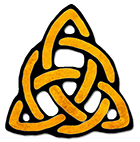
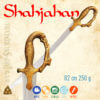
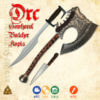

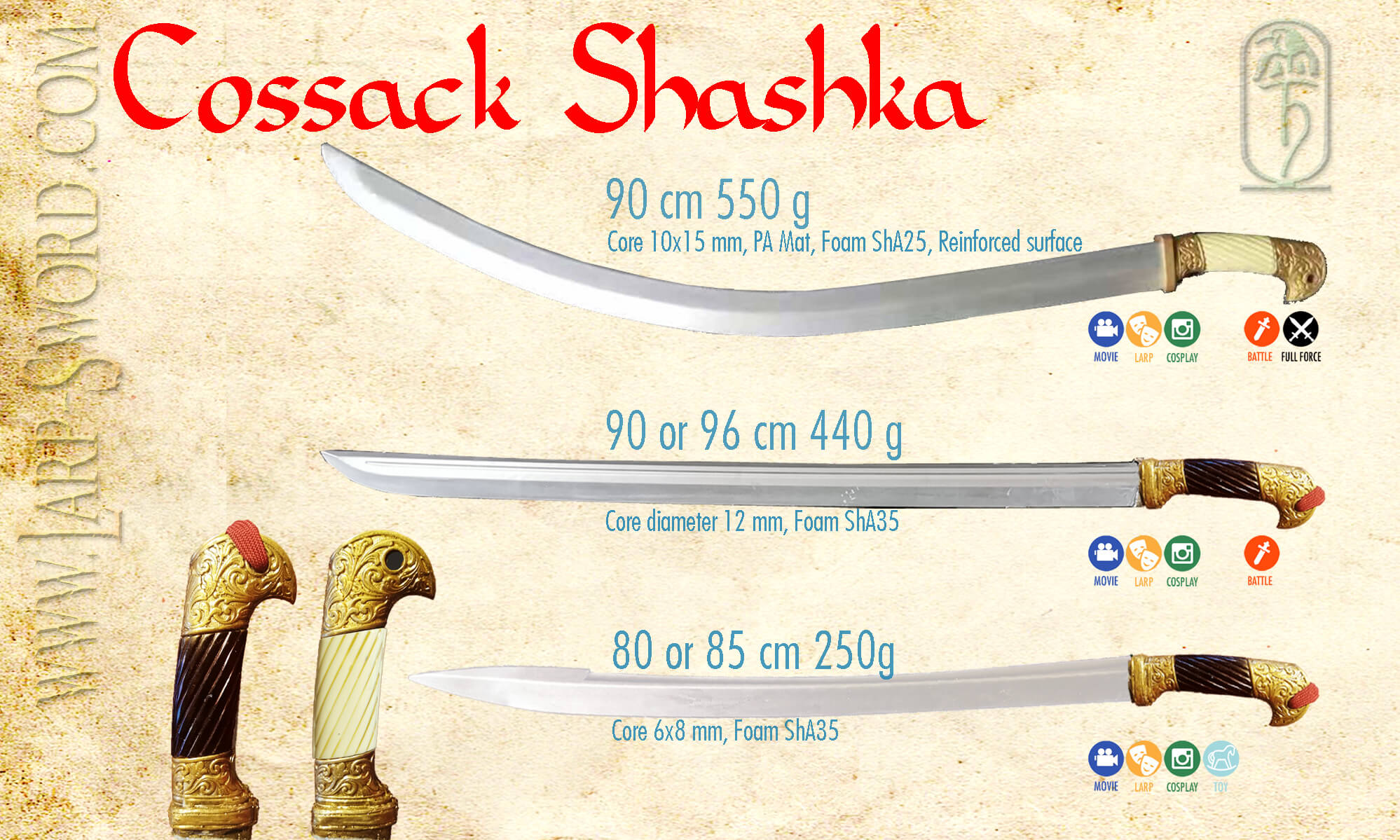
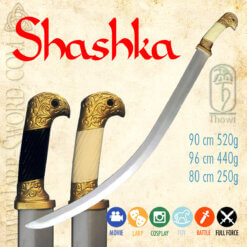
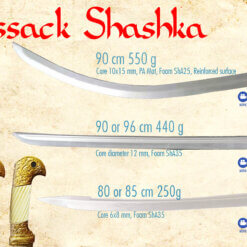

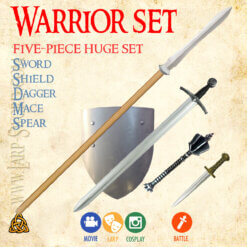

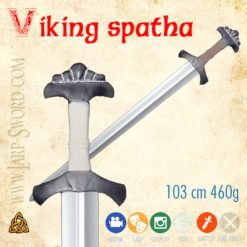
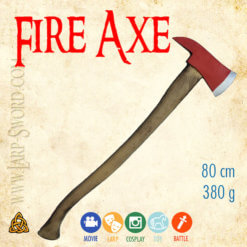

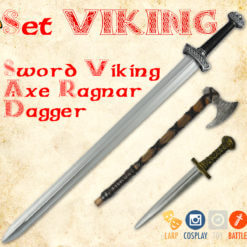

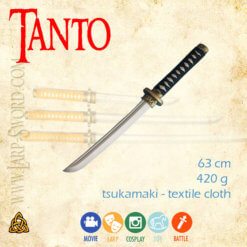
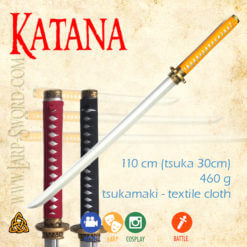
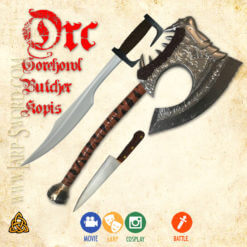

Qingyang Liu (verified owner) –
I bought the sword a while back, and it is really good quality. Very durable. The firmness is comparable to that of Calimacil LARP weapons but do soften after some use. The artistic design is also very good. Overall very nice sword.